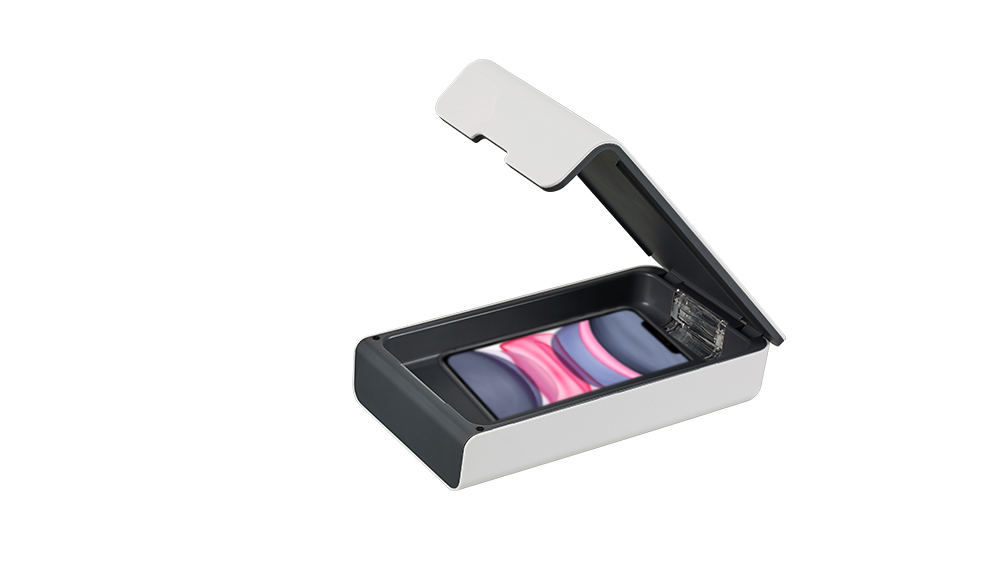Does UV light Kill Viruses and Germs?
As Coronavirus cases skyrocket around the country, everyone should be more aware of their hygiene habits. While we all know by now how essential it is to wear a mask and carry hand sanitizer, when was the last time you thought about cleaning your grimy phone? While it’s unlikely that you’ll catch COVID-19 from a surface, your phone is one of the closest contact surfaces in your life—you take it in the car, the bathroom, out exercising, into your bed—and is sometimes pressed right up to your face. Which means that for as much as you’re lathering up your hands with soap and sanitizer, you should probably be cleaning your phone just as frequently.
Since wiping your phone down with a disinfectant wipe produces inconsistent results, many companies are responding by manufacturing UV sanitizing cases and bags—which are able to kill up to 99.9% of microorganisms (including germs and viruses) that are living on your phone. Although there are several types of UV light (categorized according to wavelength), it’s the short-wavelength UV light (UV-C) that is known as “germicidal UV” light. According to studies, these short wavelengths of light—measuring between 200 nm and 300 nm—are strongly absorbed by the nucleic acid of microorganisms. And just like how stronger UV rays damage your skin cells that results in sunburns, UV-C light similarly damages and kills microorganisms on a cellular level—destroying the nucleic acids and disrupting the germs’ DNA.
If you’ve struggled to find household disinfectants and wipes recently, you’ll understand the allure of UV wand disinfectants. These devices claim to kill 99.9 percent of germs, bacteria and viruses, and they’re lightweight and portable.
Vagool tech is professional manufacturer of UV sanitizer. Testing has shown that Vagool devices are effective at killing specific viruses and bacteria, including E. Coli, Salmonella, Staph, MRSA, Influenza A H1N1.

